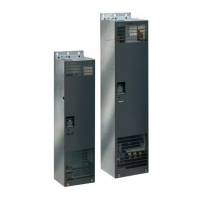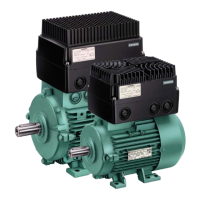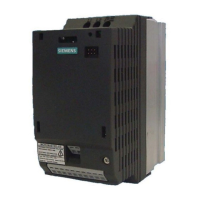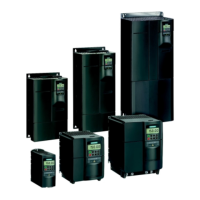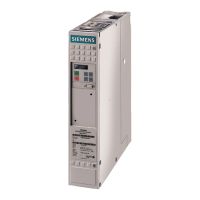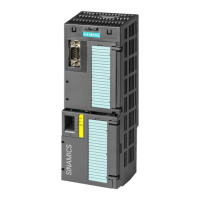,QWHUQDWLRQDO(QJOLVK &20081,&$7,216
MICROMASTER 420 Reference Manual
Issue A1
41
3.1
Using the Serial Interface
All Siemens Inverters include a serial interface as standard. The serial interface
uses an RS485 two wire connection which is designed for industrial applications.
Up to 30 inverters may be connected on a single RS485 link, and inverters can be
addressed individually or with a broadcast message. A separate master controller
is required and the inverters act as slaves.
Using a serial interface has several advantages:
• Wiring can be greatly reduced.
• Control functions can be changed without re-wiring.
• Parameters can be set up and changed via the interface.
• Performance can be continuously monitored and controlled.
3.2
Working with Serial Communications
3.2.1 Introduction
This section describes the hardware aspects of the serial communications that are
used with the MICROMASTER 420. It does not discuss or detail the software
protocols that are used or how to debug software. Software protocols are
discussed later in the manual.
:KDWDUH56DQG56"
Serial communications use carefully defined hardware and software protocols.
The software protocol defines the baudrate, wordlength, meaning etc. of the signal,
and can be defined by a designer for his particular needs. Standards can also be
specially developed, but most users adopt an existing standard. Typical standards
are RS232 and RS485. These define voltages, impedance etc. but not the
software protocol.
56
This standard is used by Personal Computers for interfacing to a peripheral. When
fully implemented it uses many interconnecting wires and protocols to exchange
data. In its most simple form it consists of three wires, transmit (Tx) receive (Rx)
and ground (GND). It is designed for communication between two machines only
over a short distance, therefore the Tx line of one machine connects to the Rx of
another, and vice-versa. Voltage levels are typically +/- 12 V .
56
This standard is more versatile. It is designed for communications between many
machines, has a high noise immunity and allows operation over long distances (up
to 1000m). It uses differential voltages, switching between 0 and 5 V. All Siemens
drives use RS485 hardware protocol and some offer RS232 interfaces as well.
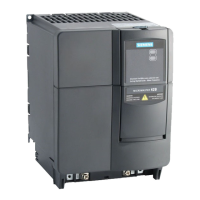
